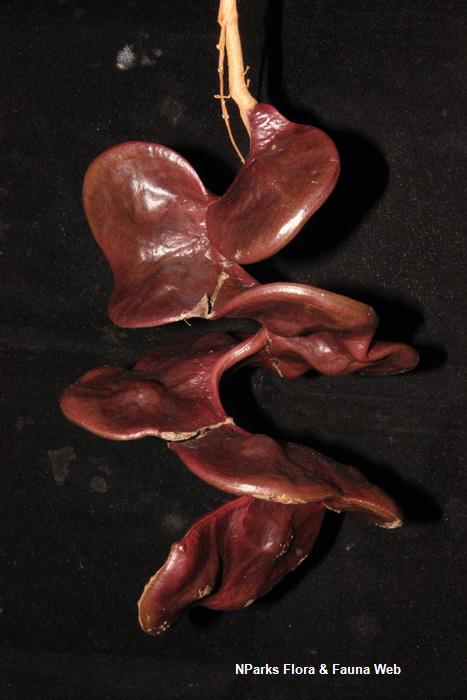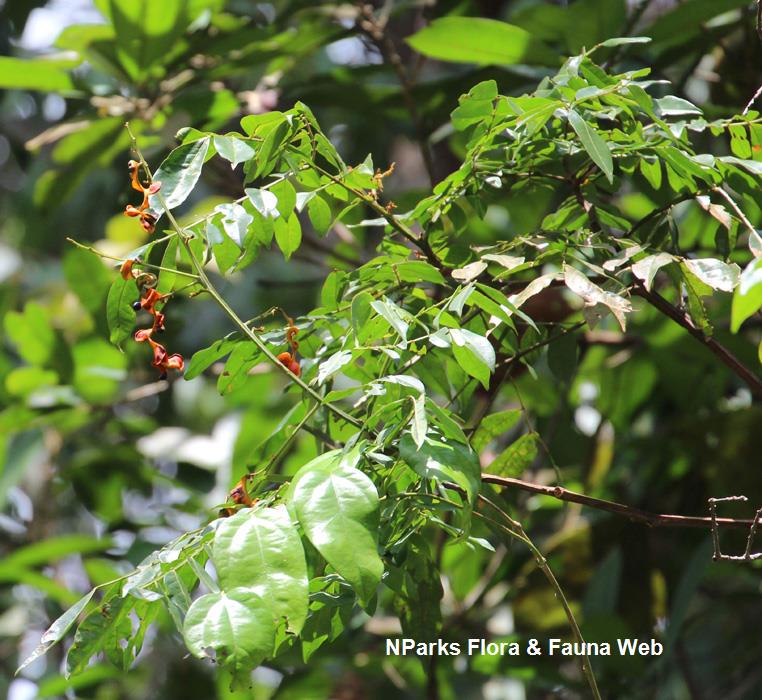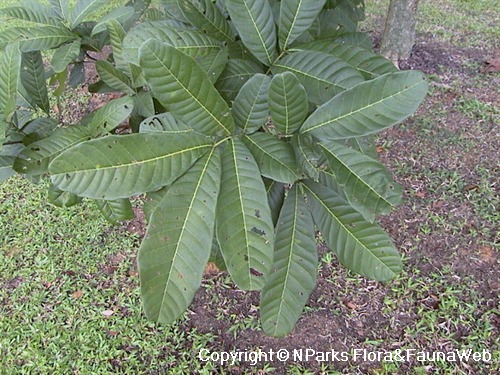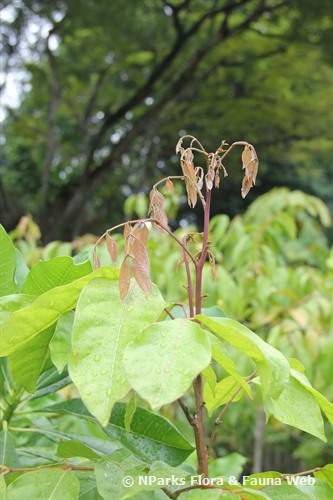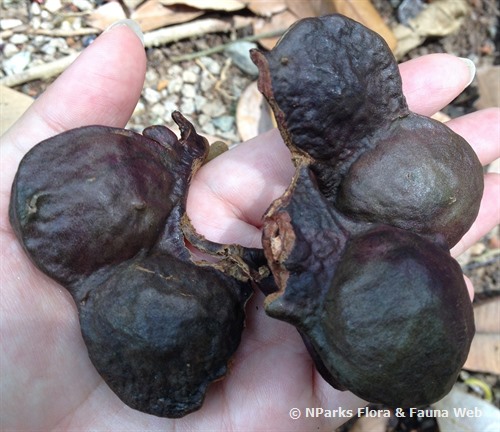
Back
Archidendron jiringa (Jack) I.C.Nielsen
| Family Name: | Fabaceae (Leguminosae) |
| Synonyms: | Mimosa jiringa, Pithecellobium jiringa |
| Common Name: | Jering |
Name
Classifications and Characteristics
| Plant Growth Form | Tree |
|---|
Biogeography
| Native Distribution | Bangladesh, Myanmar, Thailand, Sumatra, Peninsular Malaysia, Singapore, Bangka Island, Borneo, and Java |
|---|---|
| Local Conservation Status | Native to Singapore (Vulnerable (VU)) |
Description and Ethnobotany
| Growth Form | It is a medium-sized tree up to 24 m tall with a large, round crown. |
|---|---|
| Trunk | Its bark is grey or grey-white. |
| Foliage | Its alternate, long-stalked, bipinnate leaves consist of one pair of leaflets. Each leaflet bears 2–3 pairs of papery, secondary leaflets that are opposite, oblong-oval, and 5–28 by 2.4–10 cm. These secondary leaflets are dark greyish on both surfaces, or green below when dried. New leaves are richly purple. |
| Flowers | Its flowers are greenish-white to cream-white, and develop 3–7 together in flower-heads that are about 2 cm wide. These flower-heads are arranged in 10–30 cm-long shoots, at the older leaf’s angles, or on the twigs behind the leaves. |
| Fruit | Its fruit pods are leathery, 5.2 cm wide, strongly lobed at each seed, and coiled. They ripen dull purplish-brown when they split open to reveal the reddish-brown seeds. Its seeds are also up to 35 mm wide, and smell of garlic. |
| Habitat | It grows in evergreen primary and secondary forests, and around villages, up to 1,000 m altitude. It occurs locally in Pulau Ubin and in some forest edges in Singapore Island. |
| Associated Fauna | Its flowers are also insect-pollinated. Its seeds are eaten by monkeys and squirrels. |
| Cultivation | It can be propagated by seed. |
| Etymology | Greek archi, primitive; Greek dendron, tree; Latin jiringa, derived from the species’ Malay name |
| Ethnobotanical Uses | Medicinal: Scientific Evidence of Medicinal Properties Based on research on the effects of Jering on animals, it has these medicinal properties: Antimicrobial <4>, anti-diabetic <3>, anti-gastric <1>. However, Jering beans contains djenkolic acid known to cause djenkolism which varies in symptoms from mild abdominal colic to acute renal failure <5>. It is advised against consuming them raw, untreated or without medical advice. Traditional Medicinal Uses In Southeast Asia countries like Indonesia, Thailand, Malaysia, indigenous communities used this plant traditionally for its therapeutic value to overcome dysentery, treat toothache, gum pains, chest pains and skin ailments. <2> It is important to note that some therapeutic effects from traditional medicinal uses of plants are not currently supported or verified by scientific research. Timber & Products: The wood splits when drying, and so is used for coffins and firewood. Others: The bark and leaves are used to dye mats black, while fruit pods dye silk purple. |
Landscaping Features
| Landscape Uses | Suitable for Roadsides, Parks & Gardens |
|---|
Plant Care and Propagation
| Light Preference | Full Sun |
|---|---|
| Water Preference | Moderate Water |
| Plant Growth Rate | Moderate |
| Propagation Method | Seed |
Foliar
| Mature Foliage Colour(s) | Green |
|---|---|
| Mature Foliage Texture(s) | Papery |
| Prominent Young Flush Colour(s) | Purple |
| Foliar Shape(s) | Non-Palm Foliage |
| Leaf Area Index (LAI) for Green Plot Ratio | 3.0 (Tree - Intermediate Canopy) |
Floral (Angiosperm)
| Flower Colour(s) | White |
|---|
Fruit, Seed and Spore
| Mature Fruit Texture(s) | Leathery |
|---|
References
| References | <1> Ibrahim, A.A.I., Suhailah, W.Q., Mahmood, A.A., Amal, R.N., Siddig, I.A. & Fouad, H.A. (2012). Effects of Pithecellobium Jiringa Ethanol Extract against Ethanol-induced Gastic Mucosal Injuries in Sprague-Dawley Rats. Molecules 17: 2796-2811. <2> Lim, T.K. (2012). Edible Medicinal and Non-Medicinal Plant vol. 2, Fruits. pp. 544-548. Netherland: Springer Science+Business Media B.V. <3> Radhiah, S., Suhaila, M., Noordin, M.M. & Azizah, A.H. (2011). Evaluating the toxic and beneficial effects of jering beans (Archidendron jiringa) in normal and diabetic rats. Journal of the Science of Food and Agriculture 91: 2697-2706. <4> Ruzilawati, A.B., Imran, A. & Shaida, F.S. (2012). Effect of Pithecellobium jiringa as antimicrobial agent. Bangladesh Journal of Pharmacology 7: 131-134. <5> Wong, J.S., Chua, H.H., Tan, C. & Ong, T.A. (2007). Acute anuric renal failure following Jering Bean ingestion. Asian Journal of Surgery 30(1): 80-81. |
|---|
Image Repository
Others
| Master ID | 1431 |
|---|---|
| Species ID | 2724 |
| Flora Disclaimer | The information in this website has been compiled from reliable sources, such as reference works on medicinal plants. It is not a substitute for medical advice or treatment and NParks does not purport to provide any medical advice. Readers should always consult his/her physician before using or consuming a plant for medicinal purposes. |

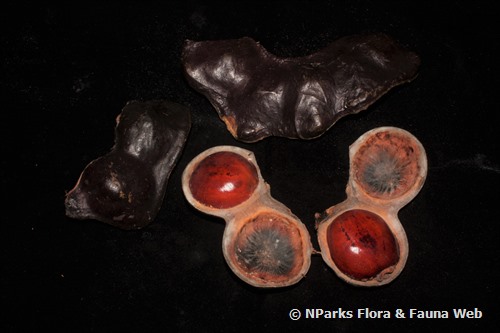
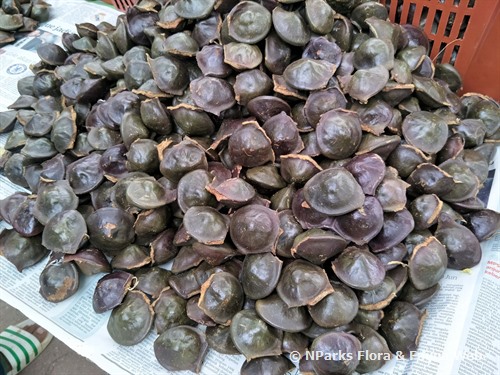
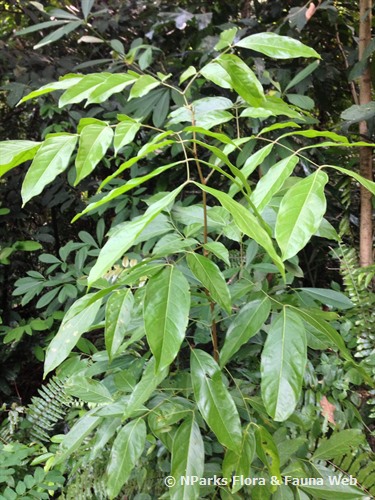
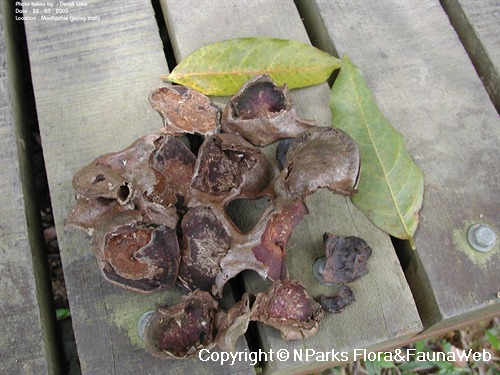
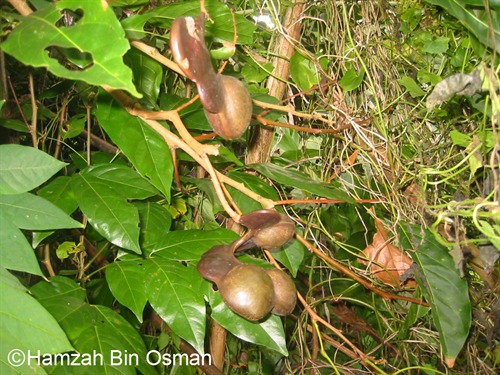
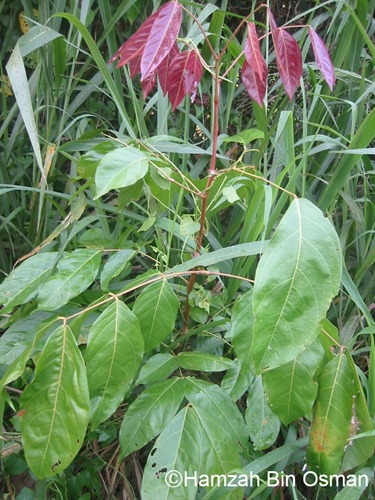
_lowres.jpg)
_lowres.jpg)
